23 Exotic South American Fruits to Brighten Your Day
South American fruits burst with vibrant colors and extraordinary flavors that tantalize taste buds worldwide.
Nature's tropical bounty from this lush continent offers incredible nutritional powerhouses packed with unique characteristics.
Wild landscapes nurture extraordinary produce that challenge conventional expectations about fruit varieties.
Regional ecosystems contribute remarkable diversity through botanical treasures waiting to be experienced.
Remarkable characteristics distinguish these fruits from standard grocery store selections, showcasing exceptional genetic adaptations.
Remarkable plant species thrive in complex environmental conditions, developing extraordinary protective mechanisms and concentrated nutrient profiles.
Local communities have cultivated these botanical wonders for generations, preserving ancient agricultural traditions.
Your culinary adventure promises excitement as you uncover 23 fresh South American fruits that will transform your understanding of tropical produce:
South American Fruit Types That Bursts with Flavor
Mangoes, passion fruit, guava, and more, South America’s orchards overflow with tropical goodness. Enjoy fruits that are as vibrant and diverse as the continent itself.
Jabuticaba
Jabuticaba are unique Brazilian berries that grow directly on tree trunks, creating a stunning visual spectacle of dark purple fruits clustering along bark surfaces.
Native to Brazilian states like Minas Gerais and Sao Paolo, these berries boast a remarkably short shelf life, fermenting within 3 to 4 days after harvesting.
Jabuticaba trees require patience, taking 6 to 8 years before producing their first fruit, which contributes to their rarity and value.
Rich in nutrients like antioxidants, calcium, potassium, iron, phosphorus, and vitamins C and E, these berries offer significant health benefits.
Brazilian locals typically enjoy jabuticaba fresh, plucking them straight from the tree and savoring their distinctive sweet-acidic flavor profile.
Beyond fresh consumption, these versatile berries transform into popular products like jellies, juices, and jams.
Malbec Argentina
Malbec are robust red wines transforming from French origins to Argentine fame through unique high-altitude vineyards that produce intensely complex flavor profiles.
Argentinian vintners cultivate this grape in mountainous regions where intense sunlight and cool temperatures create exceptional wine characteristics.
High-elevation vineyards in Mendoza produce deep purple wines with concentrated dark fruit notes like blackberry and plum.
Oak barrel aging introduces sophisticated secondary flavors of chocolate, vanilla, and tobacco.
Soft tannins provide smooth drinking experiences that complement grilled beef perfectly.
Regional winemaking techniques enhance natural grape qualities through careful cultivation and processing methods.
Malbec wines range from medium to full-bodied with alcohol levels typically between 13.5% and 15%.
International wine critics consistently rank Argentine Malbec among top global wine selections.
Lulo
Lulo delivers a tangy, electric green fruit native to Andean mountain regions of South America, especially Ecuador and Colombia.
This extraordinary nightshade species belongs to the same botanical family as tomatoes and potatoes, featuring a bright green exterior with soft fuzzy skin.
Colombian and Ecuadorian cuisine frequently transforms lulo into refreshing juices, smoothies, and dessert sauces with an intensely sour flavor profile.
Scientific name Solanum quitoense signals its unique genetic heritage among tropical fruits, distinguishing it from citrus families despite its orange-like appearance.
Farmers carefully cultivate lulo in specific high-altitude mountain environments where temperatures remain moderate and consistent.
Mountain communities traditionally harvest these small round fruits by hand, selecting only ripe specimens with vibrant green coloration.
Rich in vitamin C and antioxidants, lulo provides significant nutritional benefits beyond its distinctive taste.
International culinary experts increasingly recognize this unique Andean fruit as an exciting ingredient for experimental gastronomy.
Acai Berries
Acai berries are nutrient-dense purple fruits native to Amazon rainforests, prized for powerful antioxidant and health-boosting properties.
Brazilian indigenous communities have consumed these small berries for generations as a core dietary staple.
Wild-harvested from tall palm trees, acai require rapid processing within 24 hours of picking to maintain nutritional integrity.
Dark purple and similar in size to large blueberries, these fruits offer a complex flavor profile resembling chocolate and wild berries.
Modern global transportation and advanced preservation techniques have enabled worldwide distribution of acai products.
Researchers continue studying their potential benefits for cardiovascular health and cellular protection.
Nutritionists recommend consuming acai in smoothies, bowls, and supplements for maximum wellness advantages.
Commercial cultivation now supports significant economic opportunities in Brazil's northern regions.
Lucuma
Lucuma are distinctive Andean fruits prized for their unique maple-like sweetness and exceptional nutritional profile.
Native to Peru, Chile, Bolivia, and Ecuador, these golden-fleshed fruits were once revered by Incas as symbols of fertility and vitality.
Packed with calcium, protein, iron, zinc, and beta-carotene, lucuma offers significant health benefits beyond its remarkable flavor.
Peruvian markets feature these fruits from January to April, showcasing their seasonal availability.
Bakers and dessert makers frequently transform lucuma into ice cream, pastries, and smoothies that highlight its natural sweetness.
Culinary traditions across South America embrace lucuma as a versatile ingredient in both sweet and savory preparations.
Nutritionists recommend lucuma as a nutrient-dense alternative to refined sugars.
Andean cultures continue to celebrate lucuma as a cherished connection to their agricultural heritage.
Guava
Guavas are tropical fruits packed with vitamin C and essential nutrients that originated in tropical America and spread globally through indigenous agricultural practices.
Indigenous communities in Argentina's Misiones province have cultivated these fruit-bearing trees for generations.
Sweet and slightly granular, guavas offer a distinctive flavor profile that makes them versatile in culinary applications.
Rich in iron, calcium, and phosphorus, these fruits provide significant nutritional benefits.
Argentinian farmers harvest guavas for multiple uses, including fresh consumption, salads, desserts, and processed products like jellies and juices.
Commercial production spans various tropical regions worldwide.
Guava trees thrive in warm climates with adequate moisture and sunlight.
Small to medium-sized fruits typically range in color from green to yellow when ripe.
Guarana
Guarana provides powerful natural stimulation through its caffeine-equivalent guaranine compound, originating from Brazil's northern regions and deeply connected to indigenous Guarani tribal traditions.
German botanist C. F. Paullini first documented this remarkable plant and its cultural significance in the 18th century.
Brazil and Venezuela cultivate guarana berries with exceptional agricultural expertise.
Native Guarani tribes historically believed guarana possessed magical healing properties, especially for digestive ailments.
Indigenous communities considered the plant a natural medicinal resource with profound wellness potential.
Natural stimulant properties make guarana popular in energy drinks and supplements worldwide.
Scientific research confirms guarana's chemical composition closely mirrors traditional caffeine structures.
Modern health markets continue expanding guarana's commercial applications across nutritional supplement industries.
Banana Passionfruit
Banana passionfruit are small tropical fruits native to South American Andean regions that surprise you with their unique banana-like exterior and vibrant orange interior filled with seeds.
Mountain communities in Bolivia, Peru, Colombia, and Ecuador have cultivated these fruits for generations, celebrating their distinctive oval shape and light yellow-orange leathery skin.
Wild versions grow naturally in high-altitude forests, where indigenous groups first discovered their sweet and tangy flavor profile.
Seeds nestle within juicy orange pulp that releases a fragrant aroma similar to fresh oranges.
Each fruit contains numerous small black seeds surrounded by soft, smooth flesh.
Explorers and botanists have documented these fruits since early expeditions into the Andean highlands.
Farmers carefully harvest banana passionfruits when they reach peak ripeness, ensuring maximum flavor intensity.
Regional recipes often incorporate these fruits into desserts, fresh juices, and traditional medicines.
Cape Gooseberry
Cape gooseberries burst with tangy-sweet flavor in a tiny golden package, originating from Brazilian high-altitude regions and spreading across South America, southern Africa, and Australia.
These small grape-sized fruits grow on unusual perennial plants with distinctive paper-like husks protecting their smooth, golden yellow skin.
Ripe cape gooseberries contain barely visible seeds inside their tender flesh, offering a complex taste profile that balances sweetness with subtle tartness.
Chefs and home cooks frequently use these fruits in desserts like pies, tarts, and jams because of their unique flavor.
South American cultures first cultivated these unique berries, which quickly became popular in multiple global regions.
Australian and African agricultural communities now grow significant cape gooseberry crops.
Nutritionists value these fruits for their rich vitamin content and antioxidant properties.
Small but mighty, cape gooseberries pack intense flavor into every bite.
Aguaymanto
Aguaymanto are vibrant golden berries native to South American mountains, boasting a tangy-sweet flavor that bursts with intense tropical notes.
Indigenous Quechua cultures first cultivated these small round fruits in high-altitude regions of Peru, Chile, and Colombia.
Botanically related to tomatoes and potatoes, aguaymanto grow on perennial herb plants with distinctive papery husks.
Wild harvesting remains common in mountainous territories where these plants naturally thrive.
Native populations like the Incas traditionally consumed these nutrient-rich berries for generations.
Scientific name Physalis peruviana indicates their strong connection to Peruvian landscapes.
Packed with vitamins and antioxidants, aguaymanto offer significant health benefits.
Culinary applications include fresh eating, jams, desserts, and traditional medicine preparations.
Mburucuya
Mburucuya are vibrant passion fruit native to Argentina's Misiones province, growing wild in the Parana Forest with distinctive green leaves and white flowers.
Wild passion fruit vines climb through forest landscapes, bearing edible yellow or purple berries filled with juicy, seed-laden pulp.
Argentine farmers have traditionally consumed these fruits fresh or transformed into golden-yellow juice with intense aromatic qualities.
Seasonal flowering occurs primarily during spring and fall, sometimes extending up to nine consecutive months.
Native plant experts track the fruit's gradual decline in traditional consumption patterns.
Regional organizations now work to preserve knowledge about this unique passion fruit variety.
Environmental conservation groups support mburucuya's cultural significance through educational initiatives.
Agricultural researchers continue studying this remarkable forest plant's ecological and nutritional potential.
Cocona
Cocona are bright red tropical fruits native to South America that burst with intense tangy flavor and unique culinary versatility.
Native to Andean regions like Peru and Colombia, these tomato-like fruits grow on small shrubs in warm climates.
Scientists classify cocona as part of the Solanum family, closely related to tomatoes and eggplants.
Cooks transform cocona into various dishes including sauces, juices, and refreshing desserts.
Locals enjoy cocona raw or processed into different culinary creations.
Their thin yet sturdy skin protects soft, juicy inner flesh with a sharp acidic taste.
Nutritionally, cocona contains high levels of vitamin C and antioxidants.
Each fruit provides a distinctive tropical experience for adventurous food explorers.
Mountain Papaya
Mountain papaya represents a unique Andean fruit tree spanning southern Colombia to central Chile, thriving in subtropical and cool mountain regions of Southeast Asia and Africa.
Soft-fleshed fruits with round brown seeds characterize this evergreen tree's produce.
Ripe mountain papaya delivers a slightly tart and acidic flavor with an intense aroma.
You can enjoy these fruits fresh or sprinkled with sugar.
Preserved fruit chunks in syrup offer another delightful preparation method.
Jellies and marmalades emerge as popular processed options.
Stewing the fruit creates an interesting dessert variation.
Tropical fruit enthusiasts appreciate mountain papaya's versatile culinary potential.
Camu Camu
Camu camu are small, tart Amazonian fruits renowned for their unparalleled vitamin C concentration that dramatically outperforms citrus alternatives.
Native to Peru and Brazil's rainforest regions, these purplish-red fruits grow on bushy trees thriving in swampy landscapes.
Wild harvesting remains common, with indigenous communities traditionally gathering these nutrient-dense berries from flooded forest areas.
Research indicates camu camu contains significant antioxidants, amino acids, and flavonoids beyond its extraordinary vitamin C levels.
Commercial processing typically transforms the intensely sour fruit into powder form for dietary supplements, smoothies, and wellness products.
Scientific interest continues exploring potential health benefits linked to its remarkable nutritional profile.
Nutritionists recommend careful consumption due to its extreme tartness and concentrated nutrient density.
Global health markets increasingly recognize camu camu as a potent natural supplement with promising wellness potential.
Pequi
Pequi is a unique Brazilian fruit native to the Cerrado region, prized for its distinctive sharp-spined exterior and intensely aromatic yellow pulp surrounding a large seed.
Native Brazilians harvest this small, round fruit from native trees and transform it into iconic regional dishes throughout Goias and Minas Gerais states.
Pequi's complex flavor profile blends citrus, pine, and almond notes, creating a memorable taste experience for adventurous eaters.
Regional cooks carefully extract the pulp, which requires special technique to avoid the fruit's sharp spines.
Traditional recipes incorporate pequi into hearty stews, rice preparations, and savory soups, highlighting its robust character.
Indigenous communities have long used this fruit as a significant nutritional and cultural ingredient.
Brazilian cuisine celebrates pequi as a distinctive flavor representing the biodiversity of central Brazil.
Culinary experts consider pequi a treasured ingredient that connects generations through its unique taste and cultural significance.
Peach Palm Fruit (Pupunha)
Peach palm fruit are distinctive tropical drupes native to Central and South America, packed with dense, starchy flesh that transforms into a savory culinary experience when boiled.
Native populations have cultivated this palm tree for generations, harvesting both its edible fruit and heart of palm as a critical agricultural resource.
Measuring about the size of a small peach, these fruits range from yellow to deep red when ripe, offering a complex flavor profile reminiscent of pumpkin, potato, and chestnut.
Nutritional benefits include high carbohydrate content, substantial dietary fiber, and vitamins A and C with moderate protein levels.
Preparation requires extended boiling in salted water, typically an hour or more, to soften its hard, thick skin and make the flesh palatable.
Indigenous communities across tropical regions have traditionally integrated these fruits into their diets, valuing their versatility and nutritional density.
Agricultural importance extends beyond direct consumption, with the palm tree serving multiple economic purposes.
Coquito Nuts
Coquito nuts are sweet, miniature coconut-like fruits from Chile's endangered Jubaea chilensis wine palm, prized for their distinctive almond-like flavor and satisfying crunch.
Native to Chile's coastal regions, these tiny nuts feature a firm white interior with a delightful nutty taste that locals enjoy raw or incorporated into various desserts.
Chilean markets and stores offer these versatile nuts, which complement baked goods like cakes, cookies, and ice cream.
Wild-growing coquito nuts can be consumed whole in a single bite, providing a unique textural experience.
Their culinary applications range from direct snacking to creative ingredient integration.
Chile's unique palm tree produces these small, edible treasures that reflect the region's natural biodiversity.
Nutrition enthusiasts appreciate coquito nuts for their compact size and rich flavor profile.
Chile's commitment to preserving these rare palms ensures continued access to this distinctive regional delicacy.
Tamarillo
Tamarillos are exotic South American fruits bursting with tangy-sweet flavor unique to Andean mountain regions.
Native to Colombia, Ecuador, Peru, Bolivia, and Chile, these small egg-shaped fruits pack a punch of complex taste resembling kiwi and underripe tomatoes.
Bright red or orange fruits grow on compact shrubs with smooth, edible skin and juicy inner pulp.
Ecuadorian cooks transform tamarillos into vibrant sauces by blending them with garlic, onions, hot peppers, and spices like coriander.
Versatile ingredients appear in numerous culinary preparations including sweet and savory dishes, beverages, salads, dips, and spreads.
Chefs use tamarillos for creating rich chutneys, pickles, and flavorful jams.
Raw or cooked fruits offer intense flavors that enhance multiple recipes.
Nutritious tamarillos provide essential vitamins and minerals for health-conscious eaters.
Babaco
Babaco is an exotic Ecuadorian fruit with a distinctive pentagonal shape and remarkable versatility in culinary preparations.
Native to highland regions, this seedless fruit delivers a unique flavor profile blending pineapple, papaya, and strawberry notes.
Growing up to 30 cm long, babacos transform from green to bright yellow when fully ripe.
Nutritionally dense, babacos pack significant amounts of vitamins A and C with minimal calories.
Health-conscious consumers appreciate its low-calorie antioxidant content and high dietary fiber.
Smoothie makers frequently blend babaco into refreshing drinks while dessert creators incorporate it into innovative sweet recipes.
Ecuadorian cuisine celebrates this fruit's adaptability in fresh and processed forms, making it a prized regional ingredient.
Chilean Myrtle
Chilean myrtle are distinctive evergreen trees native to Chile and Argentina, celebrated for their unique reddish-orange bark and edible berries bursting with regional significance.
Mapuche indigenous people traditionally call these trees kelumamull, recognizing their cultural importance across forest landscapes of Quetrihue Peninsula and Victoria Island.
White blossoms emerge before transforming into red, deep purple, or black berries containing three seeds inside each fruit.
Forest-dwelling trees produce multiple culinary treasures, from fresh berry consumption to specialized beverage production like chicha.
Wild honey production benefits significantly from these trees' abundant flowering patterns.
Smooth bark with distinctive white spots characterizes mature specimens growing throughout Neuquen, Rio Negro, and Chubut provinces.
Forest ecosystems rely on these trees as essential contributors to biodiversity.
Mapuche communities have long integrated Chilean myrtle into traditional food preparation techniques.
Uvalha
Uvalha is a tangy Brazilian fruit with a distinctive acidic punch, harvested from wild Eugenia pyriformis trees in southern Brazil.
Spherical and oblate in shape, these tropical fruits burst with juicy, aromatic pulp that creates refreshing beverages.
Southern Brazilian regions treasure the fruit for its unique flavor profile, transforming the strained pulp into cool, sugary drinks.
Locals mix the uvalha juice with ice, creating a thirst-quenching treat perfect for hot days.
Wild-growing trees produce these small fruits that range from slightly acidic to subtly sweet.
Brazilian communities have long enjoyed uvalha's versatile nature in traditional drink preparations.
The fruit's intense aroma and vibrant taste make it a regional favorite among fruit enthusiasts.
Uvalha's natural characteristics provide a distinctive liquid refreshment that captures Brazil's tropical essence.
Chaco Prickly Pear
Chaco prickly pear are wild cactus fruits native to Mexico's landscapes, flourishing extensively through Northern Argentina's Chaco region.
Indigenous Wichi, Toba, and Chorote communities have historically consumed these distinctive purple-skinned fruits with tiny spines and whitish pulp.
Harvested from wild landscapes or cultivated in small home gardens, prickly pears deliver exceptional nutritional benefits packed with vitamins, phosphorus, and calcium.
Locals transform these fruits into diverse products like fresh consumption, candied treats, ice cream, juices, jams, yogurts, and traditional alcoholic beverages such as colonche.
Growing from Opuntia ficus-indica plants with spiny branches called padsornopales, these fruits emerge after beautiful orange spring blossoms.
Each fruit presents a unique pear-like shape and complex flavor profile characteristic of arid regional ecosystems.
Small agricultural fairs provide additional economic opportunities for communities selling these versatile indigenous fruits.
Gran Chaco Wild Fruits
Gran Chaco wild fruits are remarkable native forest treasures harvested across Argentina, Bolivia, Paraguay, and Brazil's expansive plains.
Indigenous communities have transformed these fruits into traditional specialties through generations of sustainable gathering and processing techniques.
White carob fruits, resembling yellow bean pods, produce sweet flour used in regional dishes and animal feed.
Chanar fruits, small orange-red delicacies, offer distinctive sweet flavors and significant nutritional benefits.
Mistol trees contribute additional unique fruits to this rich botanical landscape.
Historical evidence suggests these fruit preparation methods date back to pre-Colombian times.
Regional indigenous groups carefully preserve these culinary traditions.
Each fruit represents a complex cultural and nutritional resource deeply connected to the Gran Chaco ecosystem.
What Fruits Are Commonly Used in South American Juices and Smoothies?
South American juices and smoothies showcase the region’s incredible variety of tropical and native fruits, known for their vibrant flavors and nutritional benefits. Some of the most popular fruits include:

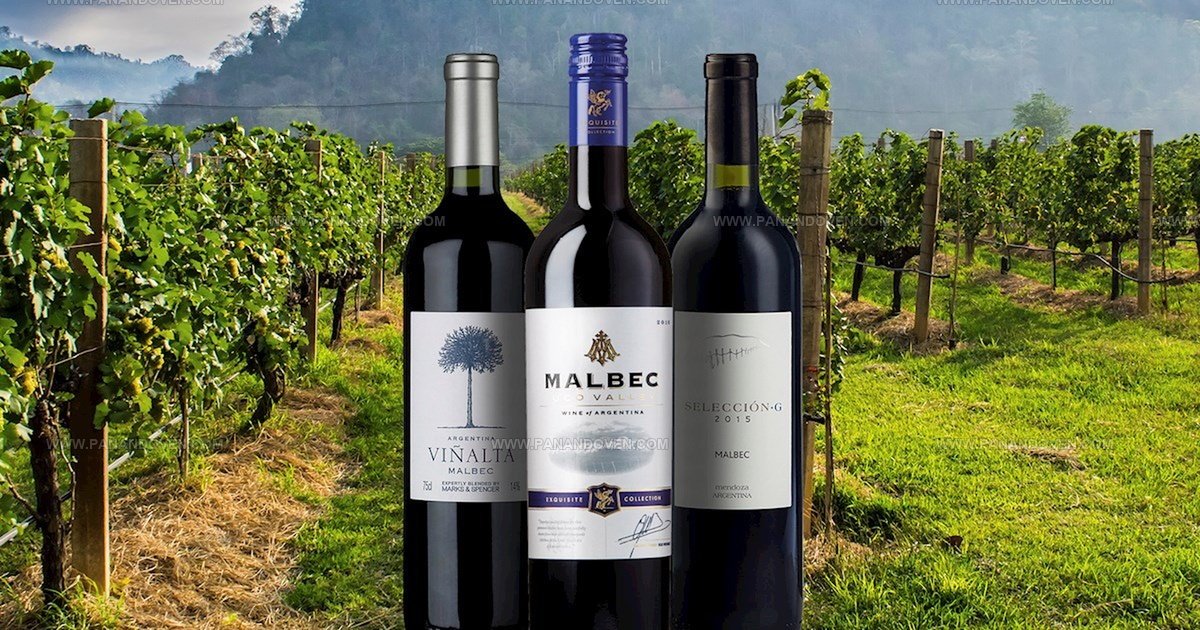
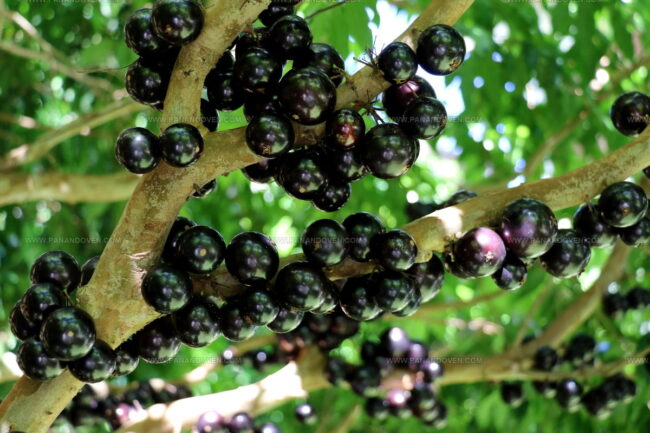
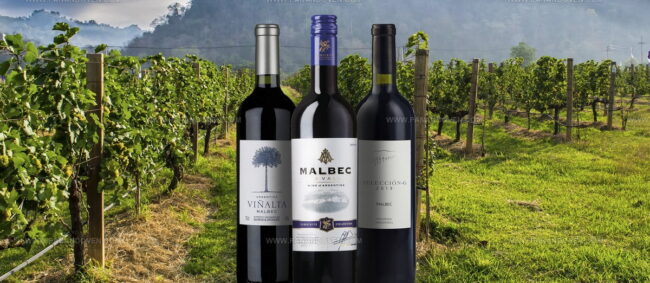
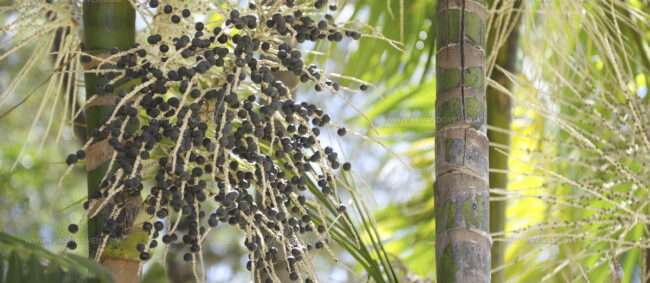
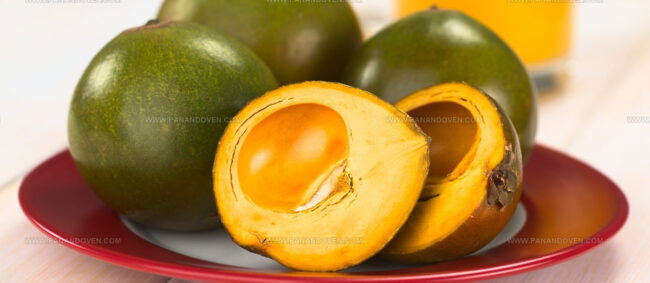
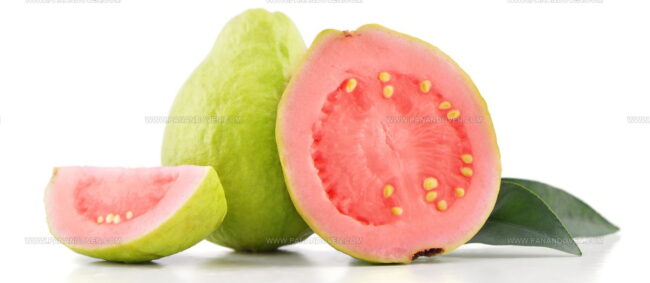
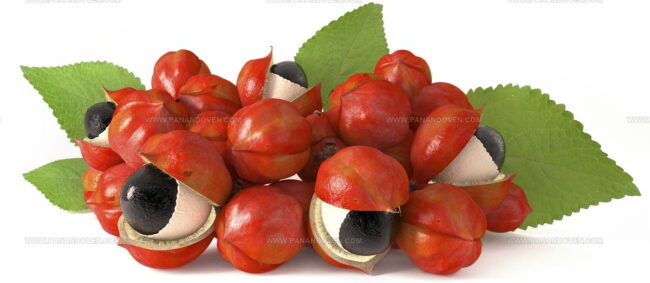
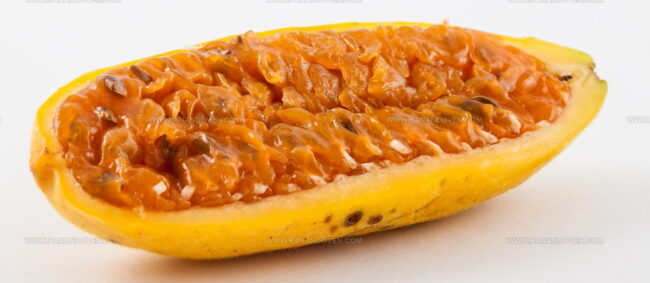
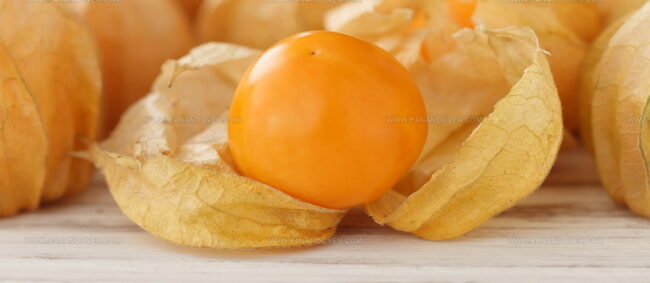
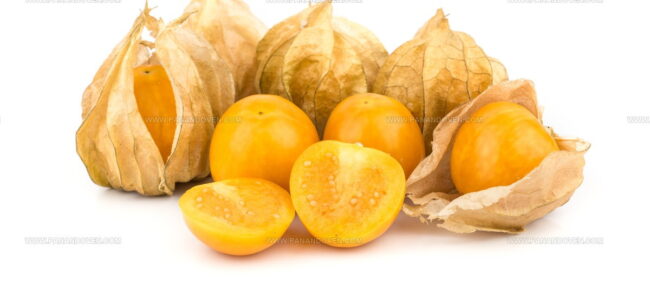
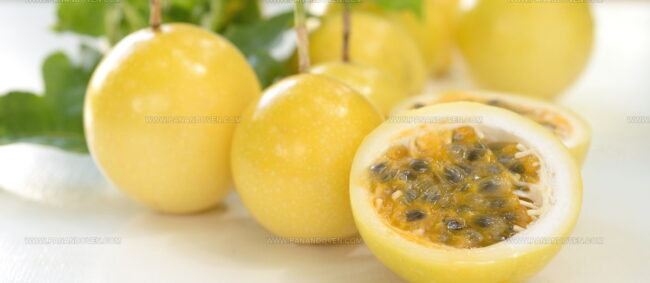
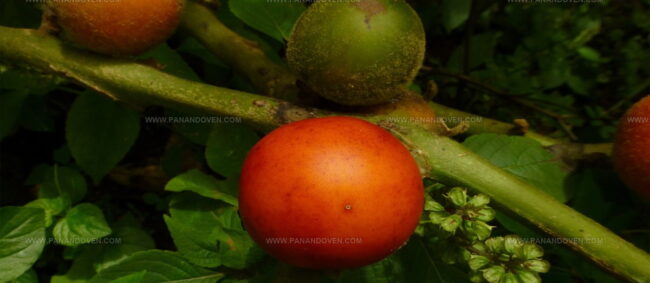
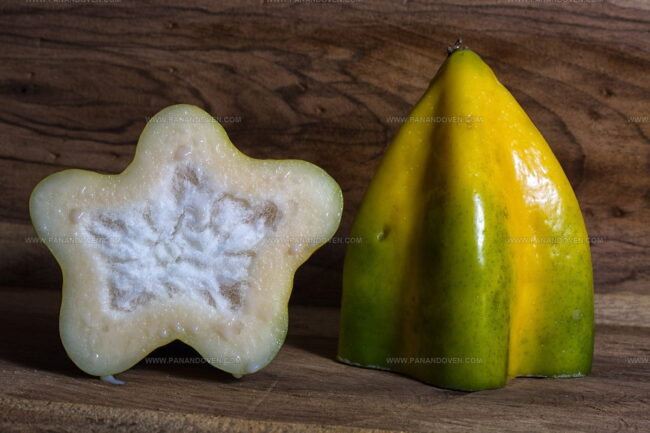
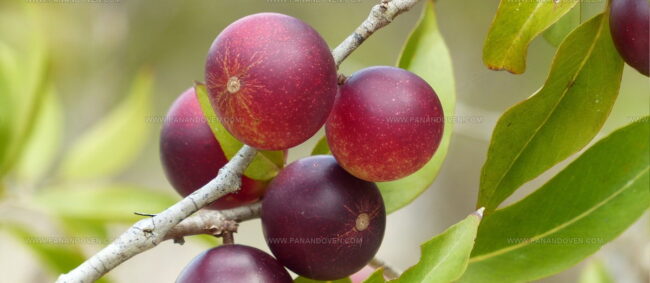
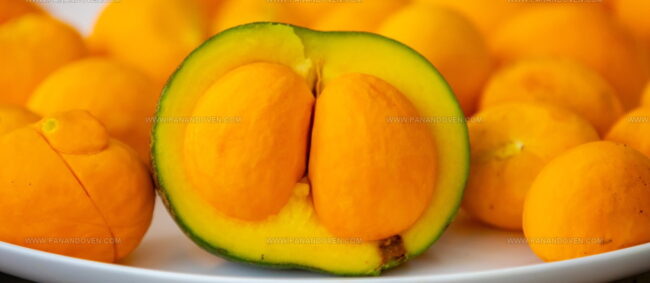
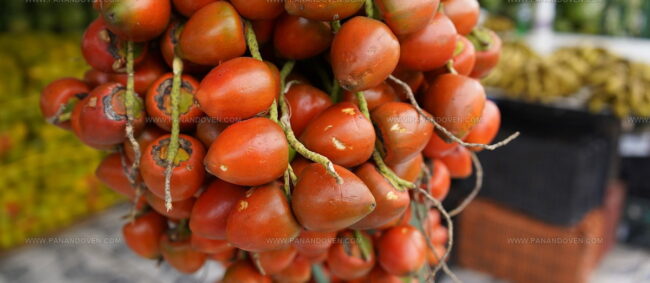
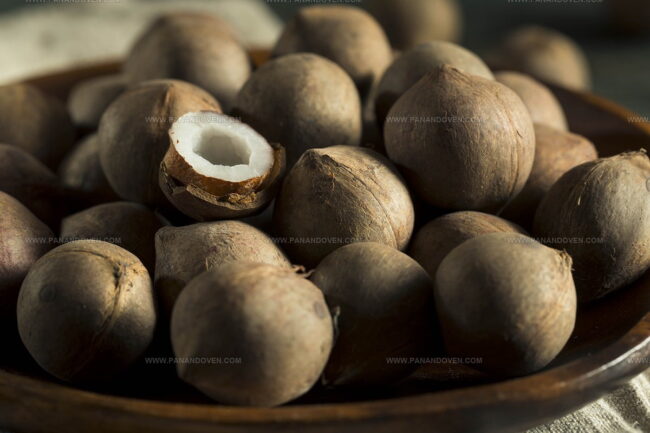
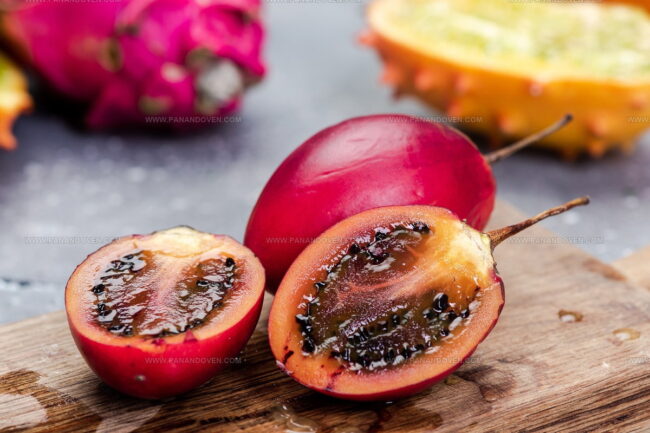
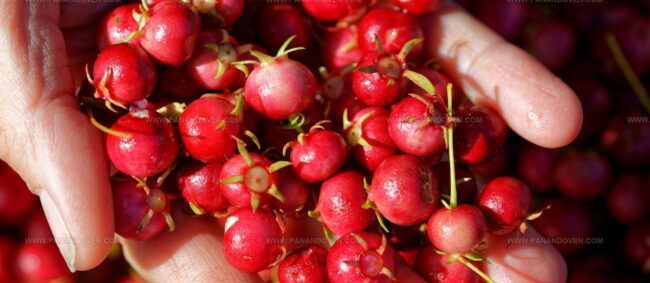
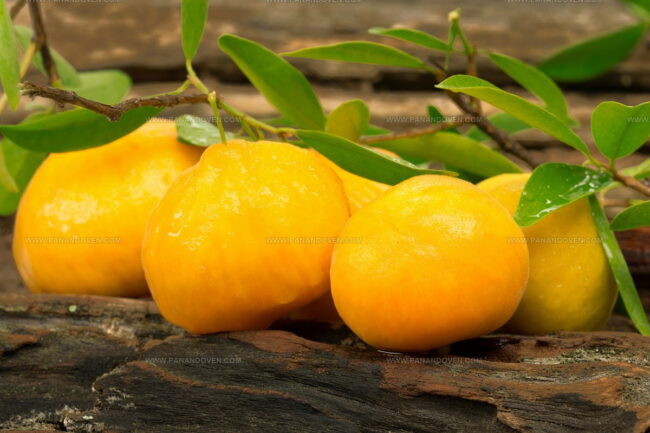
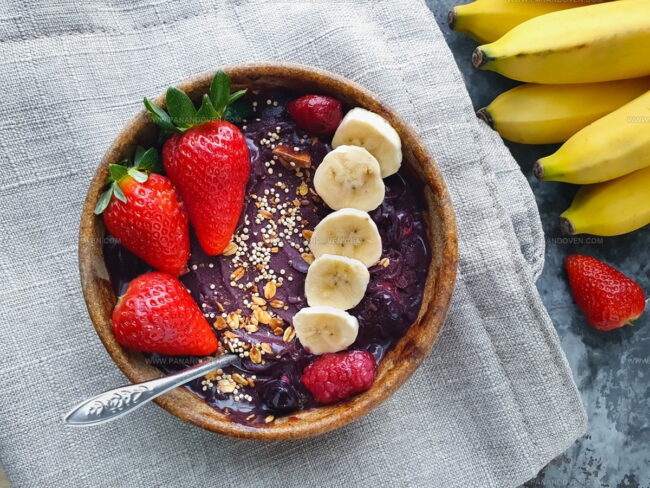
Clara Thompson
Recipe Developer & Food Educator
Expertise
Plant-based and vegetarian recipe development, Nutritional analysis and meal planning, Culinary education and workshop facilitation, Content writing with a focus on healthy living
Education
Diploma in Culinary Arts, Mt. San Jacinto College, CA
Focus: Comprehensive culinary training with an emphasis on sustainable cooking practices.
Certificate in Nutrition and Healthy Living, Cornell University (Online Program)
Focus: Understanding the principles of nutrition to create balanced and health-conscious recipes.
Clara lives where fresh ideas and fresh ingredients meet. She pairs her culinary know-how with her passion for healthy, planet-friendly cooking.
For Clara, good food should taste great, nourish your body, and feel easy to make. Her recipes highlight whole foods, colorful produce, and a deep respect for seasonal eating.